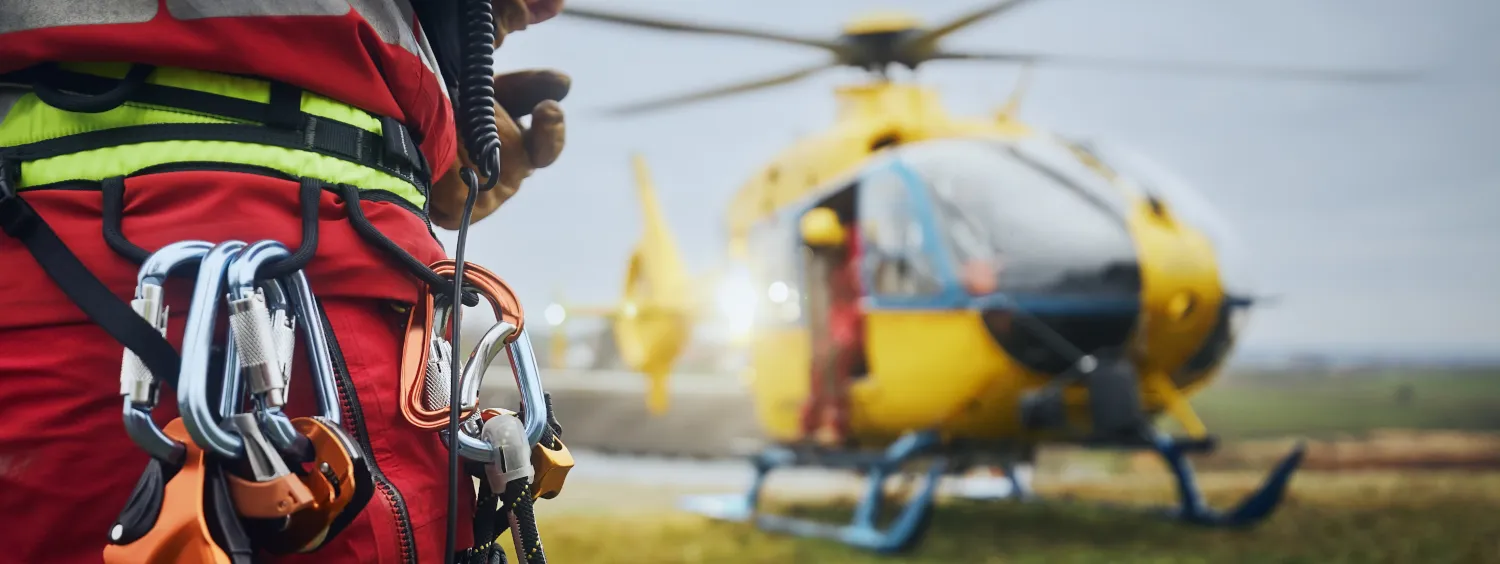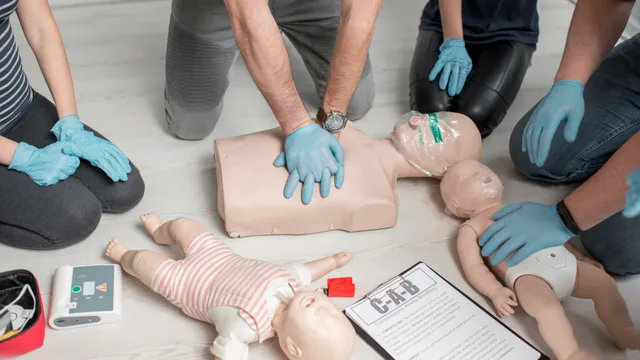If your dream is to become an EMT, the process may seem daunting at first. However, we have broken down the 5 necessary steps to achieve your dream of becoming a certified EMT.
Step 1: Meet all of the requirements and prerequisites for your selected EMT school
Before you even consider enrolling in an EMT school, be sure that you meet all of their prerequisites. Most schools just require a high school diploma and a current CPR card, but call or check their website because not all EMT schools are the same. For a full list of prerequisites to enroll in an EMT Basic Course at the California Institute of Emergency Medical Training (CIEMT) here in Los Angeles County, California, click here. The Healthcare Provider and AED classes are a prerequisite of any initial EMT basic certification class in the State of California and a requirement of employment for many hospital staff personnel. Click here to learn more about EMT training and certification requirements for specific types of jobs such as becoming a firefighter, nurse, physician’s assistant, emergency care technician, ambulance driver or medical doctor.
Step 2: Complete an EMT basic course at a credible EMT school, including all coursework and ride-alongs
Not all EMT schools our credible. In our Ultimate Guide to Becoming and EMT, we cover how to check a school’s credibility, but once you have determined which school is right for you, all that is left to do is put in the work to complete the course. EMT schools offer a variety of classes, courses and training such as continuing education (CE), EMT recertification, online EMT courses, first aid, CPR, Automated External Defibrillation (AED) and others to teach the students the fundamentals and skills required for basic life support in the hospital and prehospital setting. But, as detailed on this page, many of these are just the prerequisites to beginning your EMT basic course, which is designed to give the student the skills and knowledge to function as a working Emergency Medical Technician at the basic level and to facilitate the passing of the National Registry Exam. You must also perform ambulance ride-alongs, which are scheduled outside of class time, at the discretion of the ambulance company, with regard to availability. You must have ride-alongs completed by the designated date for your course, in order to complete the EMT basic course.
Step 3: Register, Schedule, and Pass the National Registry Exam
After you successfully complete an EMT basic program, you must take the state certification exam (National Registry EMT Certification Exam). Often times, like at the California Institute of Emergency Medical Training (CIEMT), this is done at a separate testing facility. Be sure to register and pay for the exam before the end of your EMT basic course to ensure timely authorization from your EMT school to sit the exam. Be sure to take the exam as soon as possible immediately after successfully completing your EMT basic program – if you wait over two weeks to take the exam, your chances of passing are greatly diminished!
Step 4: Complete the Live Scan fingerprinting background check
Once you have passed your exam, the next step to becoming certified is to pass a background check. You must complete a BCIA 8016, REQUEST FOR LIVE SCAN SERVICE form and take it to a live scan operator (see locations in Los Angeles) where the applicant must provide the appropriate identification. In California, fingerprinting must be performed by a certified fingerprint roller or qualified law enforcement personnel. At the end of the process your fingerprints are captured electronically and transmitted to the DOJ within 24 hours. You should be provided an applicant transaction identifier (ATI) number, a number used to identify the transaction. Fees for the live scan range from $10 – $110, depending on the location.
Step 5: Take all necessary documents and apply for certification at an EMS agency
After passing the NREMT exam and completing your Live Scan background check, you will take your NREMT card, your completion certificate from the EMT course, and your CPR card to the local EMS agency and make application for certification. Each county has and EMS agency, and we’ve put them all on a map for your convenience here.
Once you have completed these steps, you will be certified! Though each of these steps require time, dedication, and hard work to complete, we hope that this guide has clarified what it takes to start your career in the medical field.





